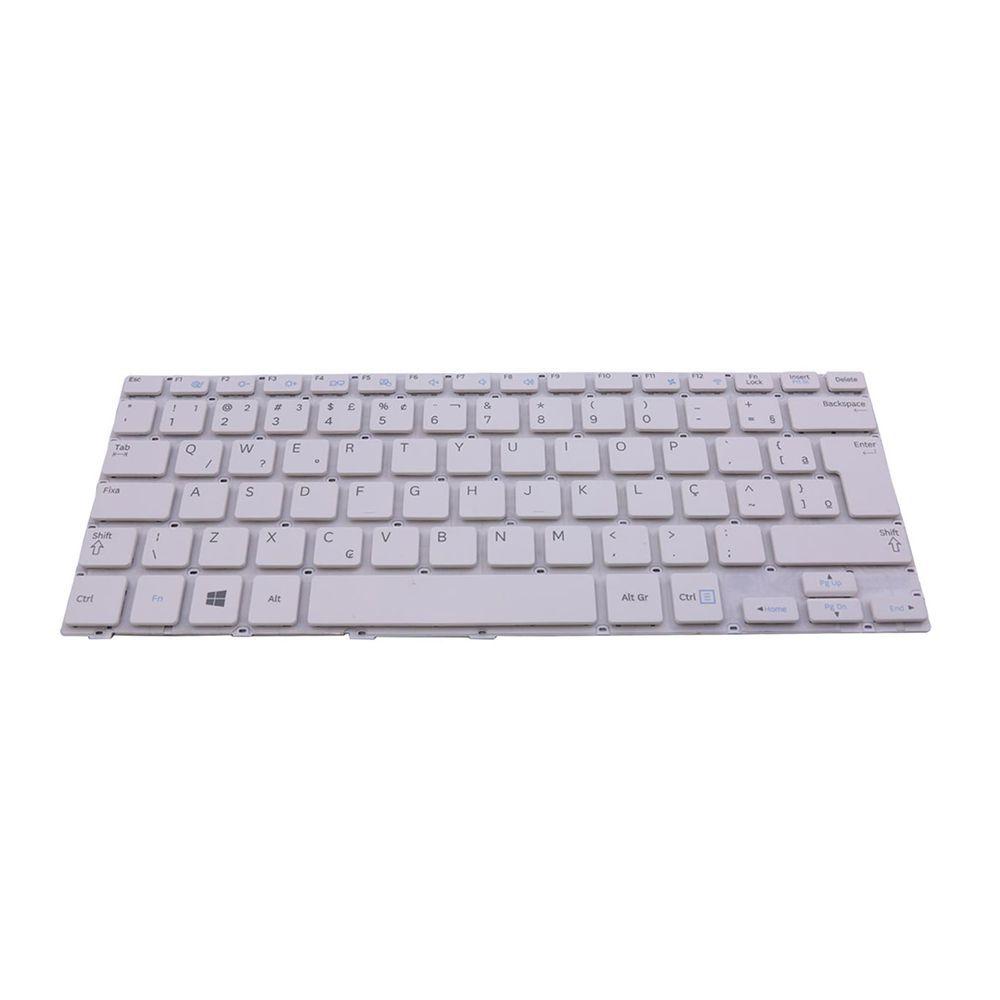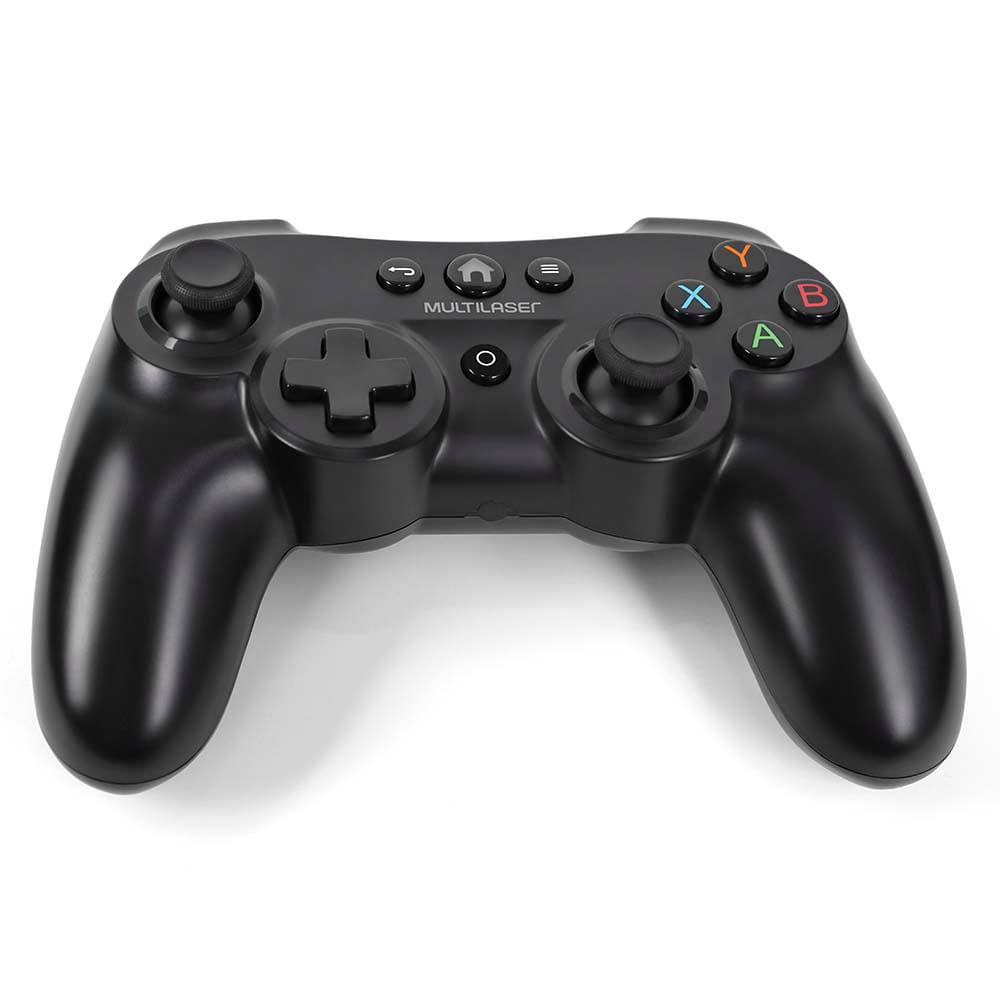
Like every other component on your PC, Bluetooth requires both hardware (adapter) and software to work. But if you have a desktop PC, only a few of them offer built-in Bluetooth. Typically, if you have a Windows 10 laptop, there is a high probability that it’s got Bluetooth service. How to Know if Your Laptop Has Bluetoothīefore we jump to the settings, you should check whether your desktop or laptop supports Bluetooth. Let’s begin our journey of exploring Bluetooth settings in Windows 10. We have covered all of that in this post. The latter consists of three steps – enabling Bluetooth, pairing a Bluetooth device, and connecting the device to your PC. The LAP and the UAP make the significant address part (SAP) of the Bluetooth Address.The post will begin with knowing whether your PC has Bluetooth or not, followed by how to use Bluetooth on a Windows 10 PC. The LAP value uniquely identifies a Bluetooth device as part of the Access Code in every transmitted frame. This portion of Bluetooth Address is allocated by the vendor of device. The UAP value is used for seeding in various Bluetooth specification algorithms.

The NAP value is used in Frequency Hopping Synchronization frames. Bluetooth Address Structureīluetooth Address consists of three parts: NAP, UAP and LAP. OUI prefixes are assigned by the Institute of Electrical and Electronics Engineers (IEEE).Īdditionaly to identification, Bluetooth Device Address is used to determine the frequency hopping pattern in radio communication between Bluetooth devices. It can be used to determine the manufacturer of a device ( Bluetooth MAC Address Lookup form). The upper half of a Bluetooth Address (most-significant 24 bits) is so called Organizationally Unique Identifier (OUI).

Bluetooth Device Address (or BD_ADDR) is a unique 48-bit identifier assigned to each Bluetooth device by the manufacturer.īluetooth Address is usually displayed as 6 bytes written in hexadecimal and separated by colons (example - 00:11:22:33:FF:EE).


 0 kommentar(er)
0 kommentar(er)
